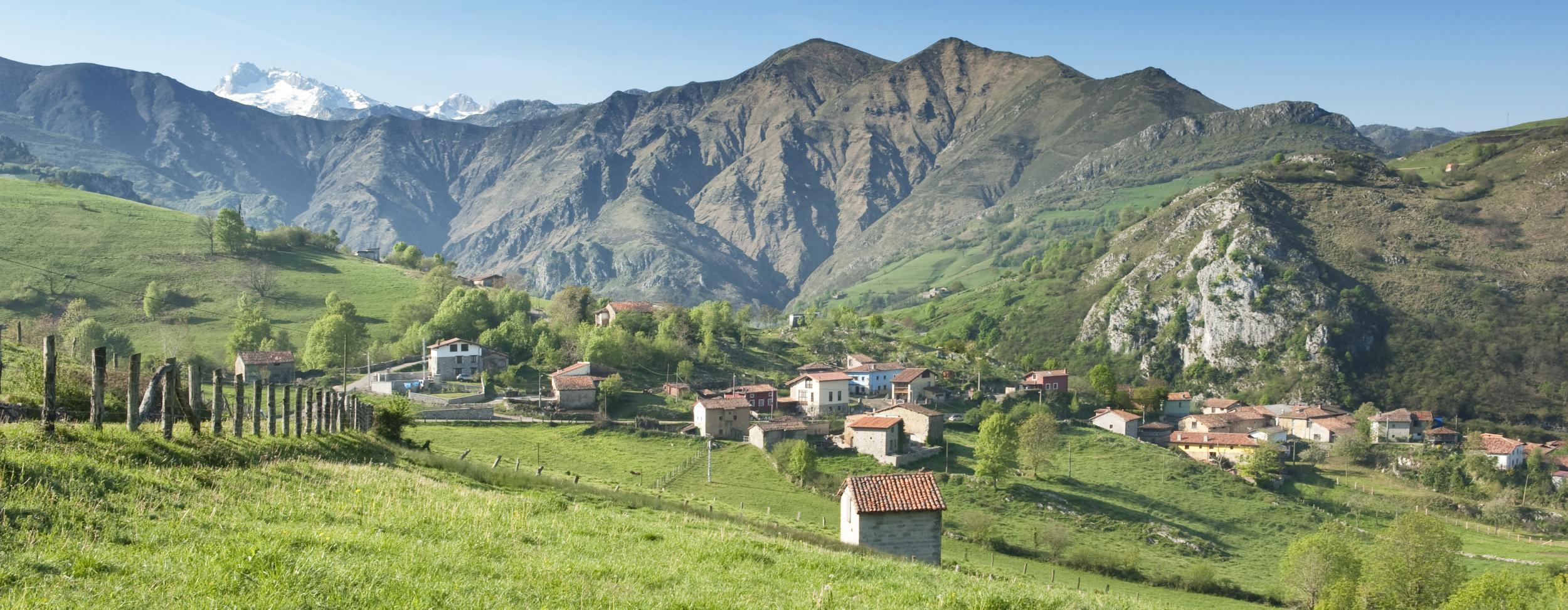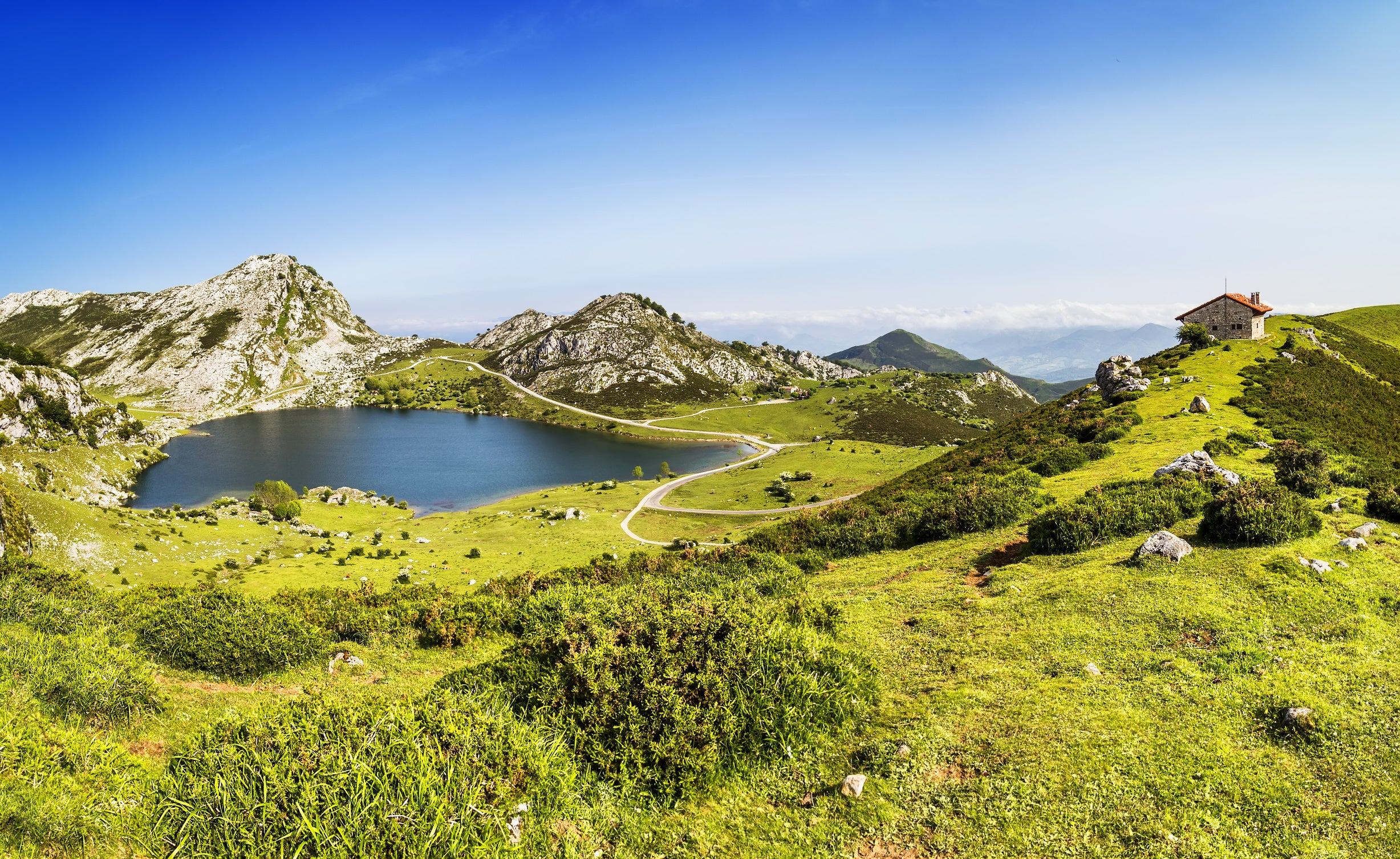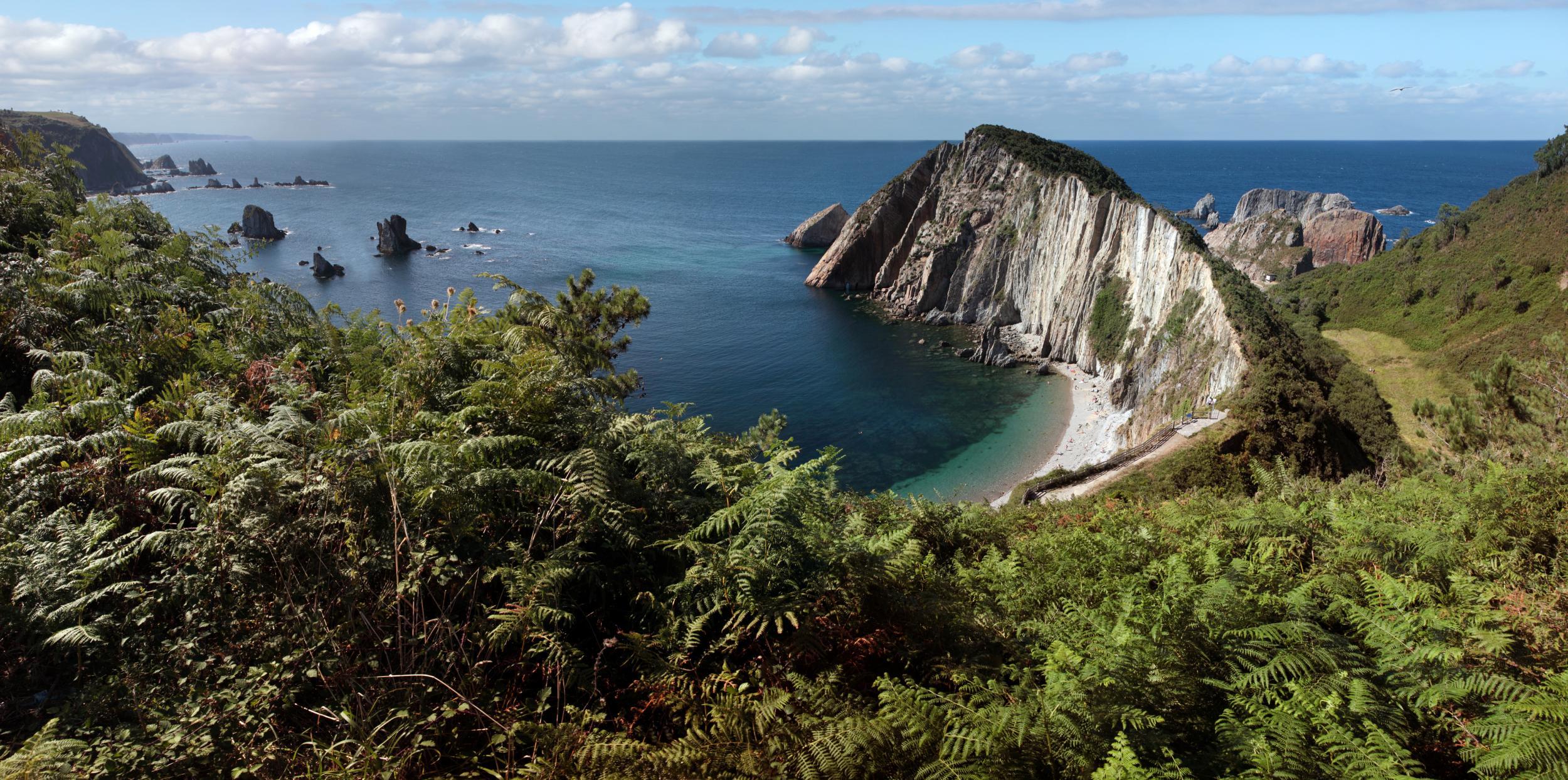The Independent's journalism is supported by our readers. When you purchase through links on our site, we may earn commission.
High drama in Spain's Picos de Europa
This northern mountain range was the first sight the conquistadors encountered when returning home. Today the soul-stirring peaks offer hikers the opportunity for an exploration of their own

Your support helps us to tell the story
From reproductive rights to climate change to Big Tech, The Independent is on the ground when the story is developing. Whether it's investigating the financials of Elon Musk's pro-Trump PAC or producing our latest documentary, 'The A Word', which shines a light on the American women fighting for reproductive rights, we know how important it is to parse out the facts from the messaging.
At such a critical moment in US history, we need reporters on the ground. Your donation allows us to keep sending journalists to speak to both sides of the story.
The Independent is trusted by Americans across the entire political spectrum. And unlike many other quality news outlets, we choose not to lock Americans out of our reporting and analysis with paywalls. We believe quality journalism should be available to everyone, paid for by those who can afford it.
Your support makes all the difference.Was it Ana’s crimson heels or had something else displeased the gods? The hotel manager’s fashionable footwear aroused barely a flicker of interest from hikers assembling in the tiny Spanish mountain resort of Poncebos, in the Picos de Europa, the dramatic saw-toothed range that separates the country’s blazing interior from its cool, lush north Atlantic coast. But something was stirring up above. Not 20 minutes after she had dropped us at the start of the Cares gorge, a spectacular canyon that runs for 12 kilometres beneath jagged peaks, the rumbling became a roaring accompanied by lightning flashes and fat drops of rain that were soon beating down on our backs in a torrent.
If you were looking for drama to make the heart soar, this was it. Menacing clouds above vertiginous cliffs, rushing water cascading below, thunderclaps echoing across the vast ravine – like a Gustave Doré engraving from Paradise Lost, all that was missing were the squadrons of angels wheeling through the torrid air. As we tramped onward, someone was singing “To be a pilgrim.” It appeared to be me.

In 20 minutes it was over and as we climbed higher, gently steaming, an extraordinary vista opened up before us. The Cares gorge flaunts one of the finest balcony walks in Europe, a twisting path hewn out of the rock perhaps a thousand feet above the river. Though generous, at an average two metres wide, there are no barriers and it is not for the vertigo-challenged. La Signora was gripping her walking sticks with white knuckles as we advanced – and so was I. The path was built a century ago, to enable workmen to construct a waterway partially diverting the river for a hydro-electric scheme. It runs for 11 kilometres through the mountains and required 71 hand carved tunnels.
The Picos de Europa were so-named by the Spanish conquistadores because, as the sailors returned from their adventures across the Atlantic, the mountains were their first sight of home. Our first sight of them, the previous day, had been under a cobalt sky, in dazzling light reflected off the white limestone, etched against the velvet green valleys. At Arenas de Cabrales, our starting point, we sat with a bottle of the scrumpy-like local cider outside a local bar, scanned the fierce horizon and laughed at the careless swifts screaming above the roof tops. Small wonder those early adventurers were keen to return.
Following our thunderous welcome to the Cares gorge, our third day dawned damp and misty. But fortified by hearty meals, an excellent local verdejo and a fine rioja (for half the English price) at Ana’s comfortable, airy hotel – the eponymous Picos de Europa – we set out on the first leg of our 70 kilometre walk, leaving our baggage to be carried to the next hotel on the itinerary.
With hats set against the drizzle we toiled up a steep path, past gnarled trunks supporting tangled greenery. Shapes loomed out of the dark, dripping forest and we passed ruined cabanas that would have served well as goblins’ houses.
Asturias is a region of wooded hills and valleys given over to pastureland with cows, goats, sheep and horses in abundance. This is dairy country and it is dotted with caves that provide the ideal environment for maturing cheese. One section of our route required us to follow a faint trail through bracken made by a 79 year old shepherd, whose daily passage was all that kept it open.
Thanks to the meticulous walking notes, we did not lose our way and arrived, weary, in the hamlet of Pandiello to be greeted by José, in the lovely 16th-century rural house he and his wife have restored, with a stupendous view of the mountains. Just how stupendous became clear next morning. We had consumed huge plates of oven roasted lamb provided by José, accompanied by another excellent rioja, and wondered if we were still experiencing the after effects. Under clear, fresh skies, Pandiello seemed to have slipped anchor during the night and drifted away. Through our bedroom window we could see the road running 200 metres down the hill… and into the clouds. We were floating above the world.
Taking our leave of José, we set off in bright sunshine, putting up clouds of butterflies at our feet, with spiders’ webs covering the bushes and millions of dew drops catching the light – diamonds on the soles of our shoes. At lunchtime we sat on a rock above a herd of cows, goats, sheep and horses gathered at a trough in their high summer pasture and surveyed the camel-hump hills, the striations in the rock, and the ribbon of the track in the hushed silence. Apart from a lone man, probably a shepherd, striding far across the valley, we saw no one.
Our days were now settled in a rhythm. Our bodies, too. Walking is a form of meditation – balm for the soul. We would set out after breakfast, at a leisurely pace, stopping frequently, eat our picnic lunch – nourishing door-step sandwiches supplied by the hotels – and arrive, weary but happy, in the late afternoon, curious where we would be staying and, importantly, what we would be eating. At Hotel El Rexacu we were served an excellent lamb-filled crepe, at Montana Magica a succulent pork dish with baked apple, cider sauce and pureed potato, and at Posada del Babel in La Pereda with its cool design, wide green lawns and great art, oxtail ravioli – two translucent pasta pillows stuffed with meat in a pool of creamy sauce.

Our journey took us from the mountains to the coast. From La Pereda it was a short, 4 kilometre stroll into the charming port of Llanes, and to the rocky coves and beaches close by, lapped by the aquamarine sea. But we chose to spend our last three nights in the hills, taking the little coast train up the valley of the river Sella – waving at the canoeists as we passed. Here, we walked one of the loveliest routes of all – past hamlets and villages, along a woodland valley, the scent of hay, dung, smoke, and eucalyptus in our nostrils, with a final short, sharp climb up to the Posada del Valle, high on a hill in Collia. The hotel run by English couple, Nigel and Joann, is set on an organic farm which supplies the restaurant; the salads from the vegetable garden were a highlight. At 10pm it was still light and I went up to inspect the rows of lettuces and tomatoes under a moon that glowed burnt orange. Why, I wondered, would anyone bother going in search of a New World from here?
Travel essentials
Getting there
Inntravel (01653 617000, inntravel.co.uk) offers a 10-night Picos de Europa & La Posada del Valle break from £1,058pp, including B&B accommodation, nine dinners, five picnics, luggage transfers and route notes and maps. Flights are extra.
Asturias airport, near Oviedo, is served by easyJet (0330 365 5000; easyJet.com) and Vueling (0906 754 7541; vueling.com).
More information
Join our commenting forum
Join thought-provoking conversations, follow other Independent readers and see their replies
Comments